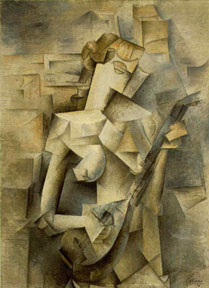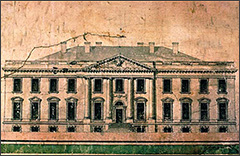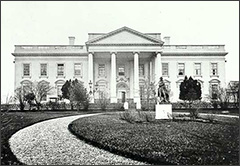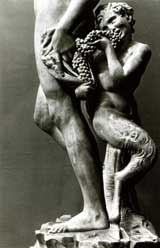I’m sure many of you are familiar with the film I chose to explore and with good reason! Blazing Saddles is written and directed by Mel Brooks and is one of the funniest, most exciting, and satirical films I’ve ever seen! The film opens in a small town set in the West, released in 1974 Westerns were incredibly popular at the time and this film was no exception! Our hero Bart (Cleavon Little) is a black man in the South, disadvantaged but very intelligent. The town sits on a valuable location and Hedley Lamarr (Harvey Korman) a political man wants it for himself! Their sheriff has been killed by the goons hired by Hedley to drive them out so they reach out to their Governor none other than Mel Brooks himself! Governor William J. Lepetomane (Mel Brooks) appoints Bart after counsel from Hedley, thinking these good Western folks will not tolerate a black sheriff and will run him out of town! The rest of the film is Bart and his friend Jim (Gene Wilder) and his love interest Lili Von Shtupp (Madeline Kahn) fighting Hedley and his goons to save the town! The film uses satire to explore public opinion in regards to politics, racism, land grabbing, and sexism. Every scene in this movie feels like it has a hidden message and often if you look close enough you’ll find one.
Bart
The film utilizes sarcasm on Bart’s part about racial tensions and class divisions; Bart often jokes with citizens of the town and uses slapstick humor with his buddy Jim. As in most Mel Brooks movies there is an element of seriousness to his satire, these are all very real issues of the time period and exploring them with humor allows viewers who might otherwise not notice the issues to feel free to dive in!
Governor Lepetomane and Hedley Lamarr
This film utilizes a lot of the same lighting techniques as the 40s and 50s, meaning three spots or five spots focused on the actors. However they shot a majority of the scenes outdoors in the daylight since it is easier to see that actors in natural light; this was very common in Westerns during the 70s. The idea was to bring the viewer out onto the plains with the actors and promote a sense of realism. Some of Von Shtupp’s scenes are shot boudoir style which adds to her allure! I personally prefer the daylight scenes, and the low camera angle used especially when they are lined up on their horses contemplating dastardly plans! This is seen a lot on ridges or hill tops when the riders rein in their steeds.
Indian Chief
Mel Brooks played multiple roles in his film, and one was the obviously racially stereotyped Chief seen above. During this time period Indians were being forced off their lands for settlers, and rounded up to be dealt with by the U.S. government, Brooks chose to explore the role this group played in the West and it’s conflicts with his trademark brash humor. I absolutely loved the speech patterns he used for this character, and the costumes were wonderful too! Eventually as in all good Westerns, Bart triumphs over the sneaky Hedley Lamarr and saves the town, they recognize his worth as a Sheriff, and Von Shtupp recognizes Bart as a true gentleman no matter the color of his skin. I highly recommend you watch this movie with some popcorn and some friends it is sure to have you laughing!
Sources
http://www.imdb.com/title/tt0071230/
http://nypost.com/2014/05/03/mel-brooks-10-things-you-never-knew-about-blazing-saddles/
http://insidemovies.ew.com/2014/05/01/blazing-saddles-mel-brooks/
http://www.filmsite.org/blaz.html



























